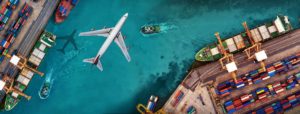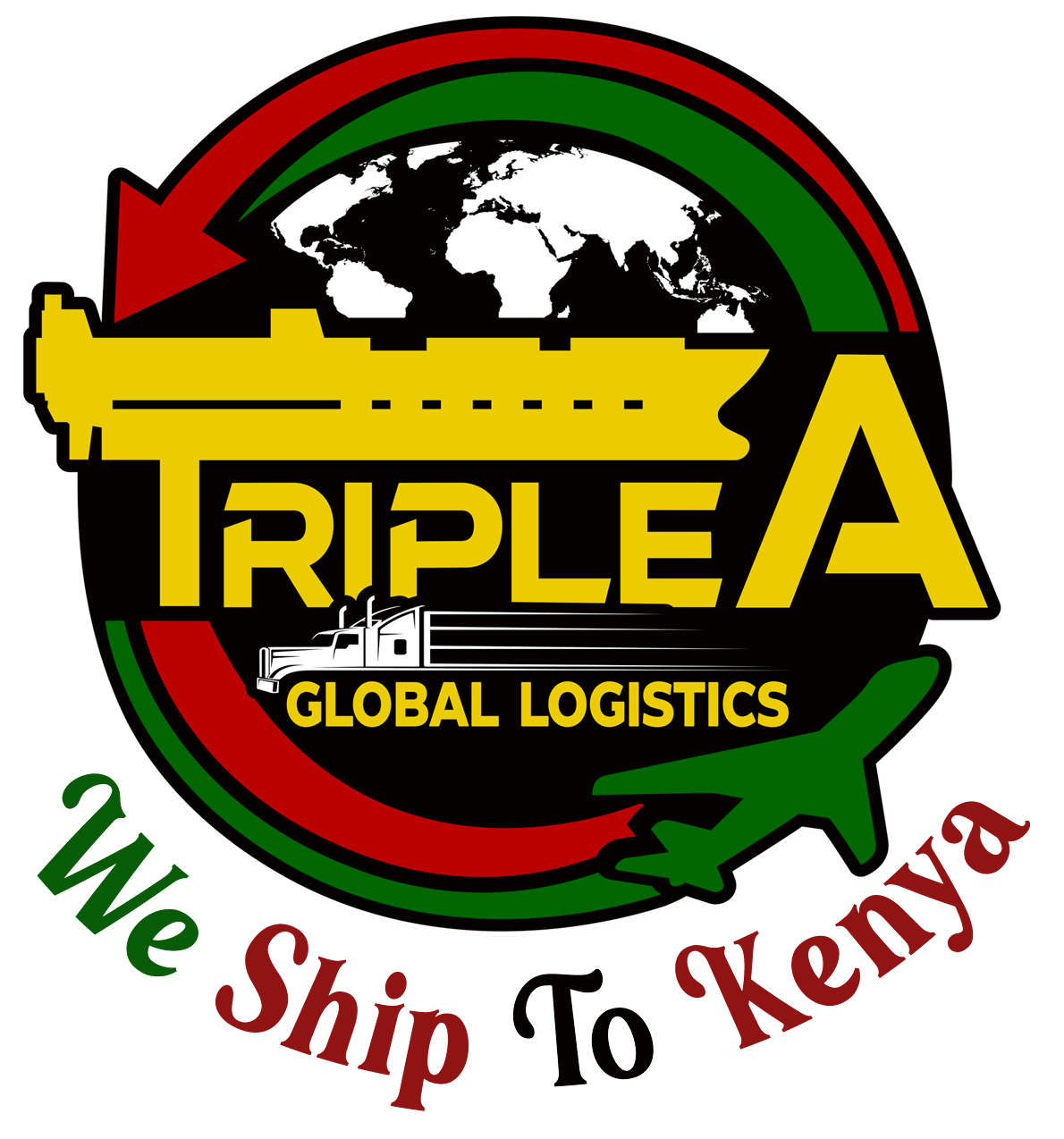Call Us:
+44(0)2039579445
+254 111 81 81 81
Mail Us:
info@tripleafreight.co.uk
Triple A
 Freight logistics is the foundation of international trade. It entails moving cargo between locations via various means, including road, rail, sea, and air. Effective logistics ensures that products reach their destinations efficiently and cost-effectively, playing a crucial role in the supply chain.
Freight logistics is the foundation of international trade. It entails moving cargo between locations via various means, including road, rail, sea, and air. Effective logistics ensures that products reach their destinations efficiently and cost-effectively, playing a crucial role in the supply chain.